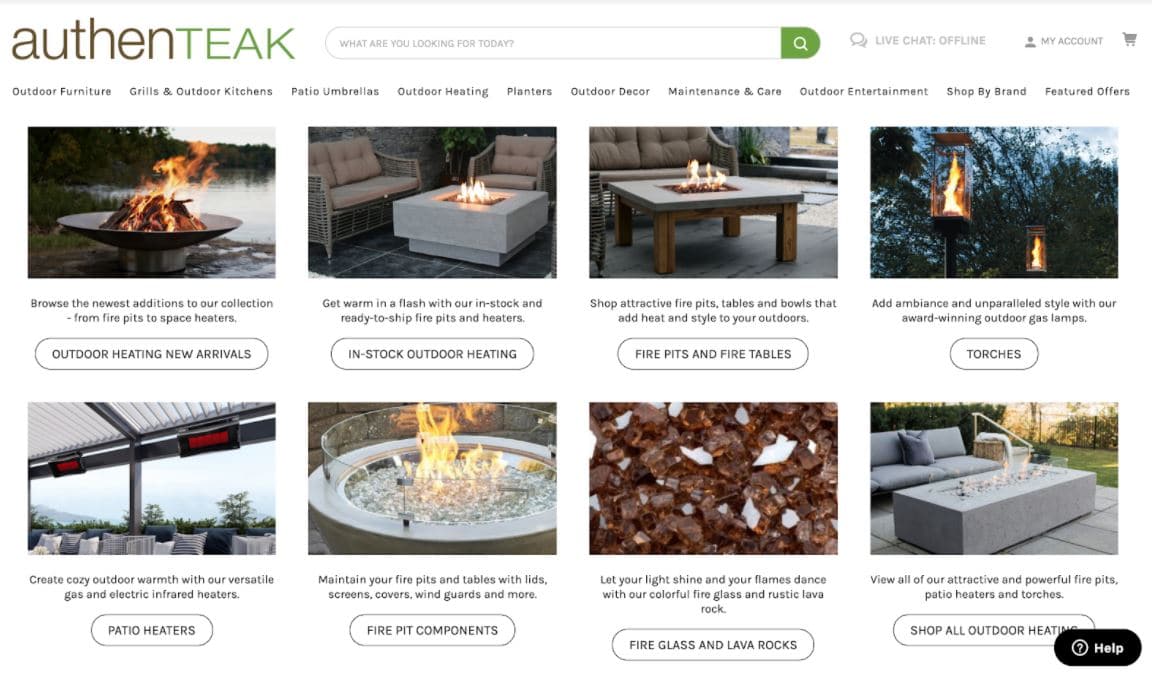While the terms “omnichannel” and “multichannel” are sometimes used interchangeably, these misleadingly similar-sounding phrases are two distinct approaches to selling. So, what’s the difference between omnichannel vs. multichannel retailing?
This guide will shed light on that question using detailed examples, with the aim of helping you choose the best approach for your business.
Omnichannel vs. multichannel retailing: what are the key differences?
Omnichannel and multichannel retailing are not the same thing. While the goal of both techniques is ultimately to sell more products, that’s where the similarities end. Here’s a cheat sheet on the differences between omnichannel vs. multichannel retailing.
| Omnichannel | Multichannel |
|---|---|
| Means “all channels” | Means “many channels” |
| Customer-focused | Product-focused |
| All touch points on the customer journey create a consistent shopping experience | Siloed sales channels |
| Unified sales and marketing strategy across channels | Separate sales and marketing strategies for each channel |
Confused? Don’t worry. Read on for a thorough explanation of these strategies, and some illustrative examples.
What is omnichannel retailing?
The Latin prefix “omni” means “all” – omnichannel retailing encompasses every channel to sell goods.
Omnichannel retailing puts the customer first. Mastering this technique requires a deep understanding of your customer’s journey, what their needs are, and how they go about getting their needs met.
When executed successfully, omnichannel can fuse all sales channels available – brick and mortar, ecommerce, advertising, social media, etc. – to get the customer to embark on this journey, make a purchase, and become a lifelong fan and buyer. For that reason, sales and marketing teams work together to create a holistic experience, rather than one that propels customers towards one sales channel or one product.
Omnichannel example
Let’s explore what an omnichannel retail experience might look like from the perspective of a customer shopping with luxury outdoor furniture company, AuthenTEAK.
Say a shopper discovers their online store on Google while searching for an outdoor heater for their patio. They end up on a category page on AuthenTEAK’s ecommerce site that displays all of its outdoor heating options.

Through that page, the customer discovers fire pits and clicks through to learn more. They narrow their selection down using filters, add two models to their cart, but don’t complete the purchase.
A few days after visiting AuthenTEAK’s website, the customer might get an abandoned cart reminder email but doesn’t engage with it. Several days after that, the customer could see an Instagram ad for the fire pits they added to their cart, and discover that they live close to AuthenTEAK’s Atlanta showroom.
The customer visits the showroom, gets advice from a sales associate who is familiar with the models the customer has viewed online, makes a purchase, then enjoys their outdoor oasis all winter long.




